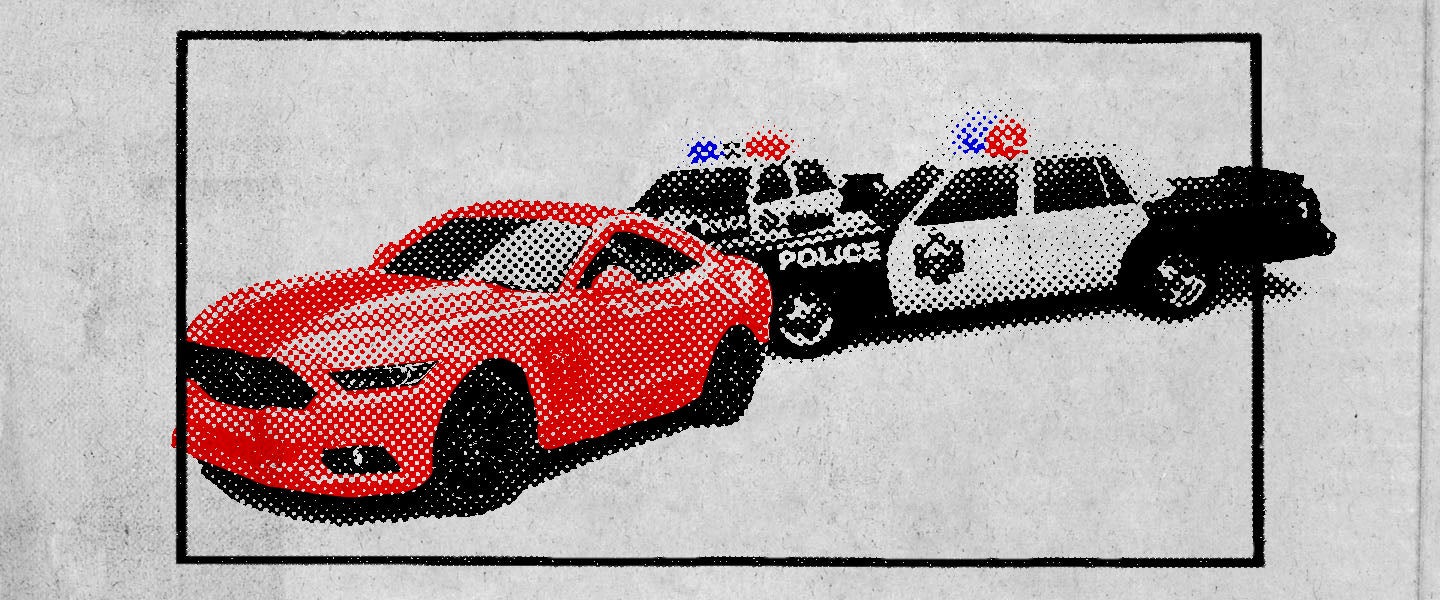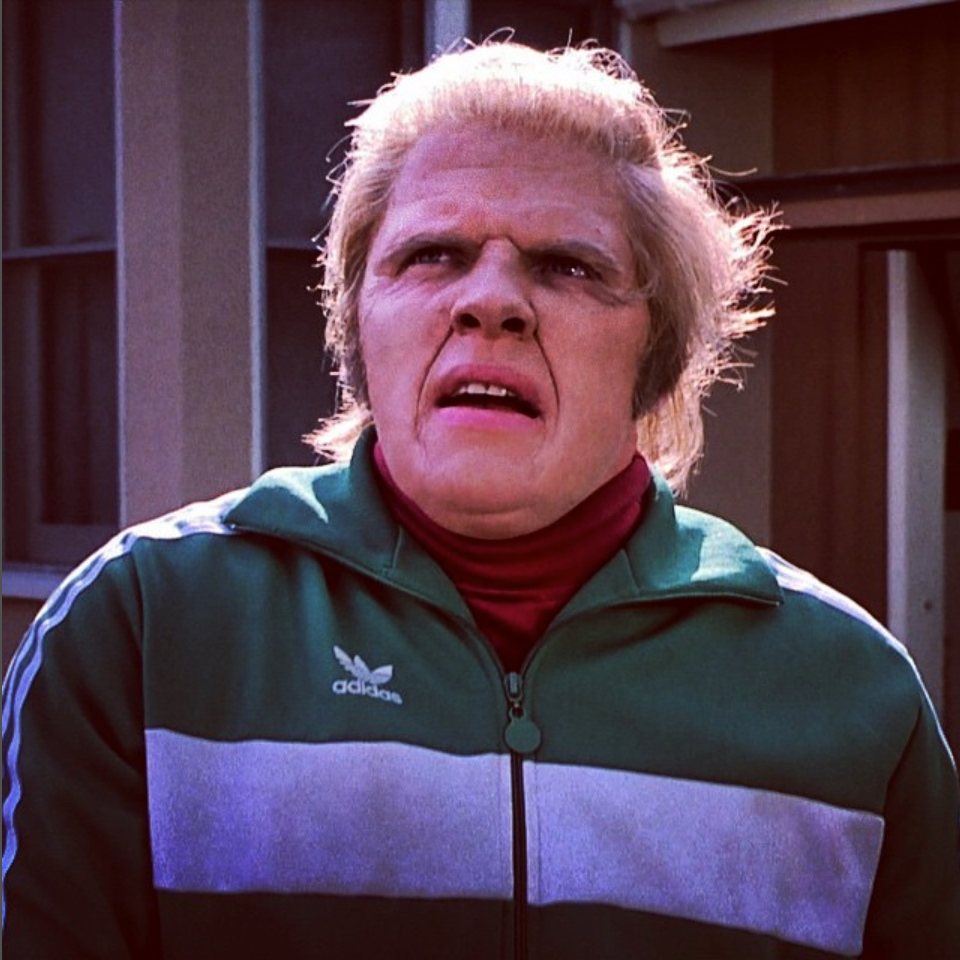If the modern automobile had a status on Facebook, it would undoubtedly be “It’s complicated.” With their computer-controlled fuel injection systems, continuously variable transmissions and three-phase four-pole AC induction motors, the days when every Tom, Dick or Harry could wrench on their ride seem long gone. So let us help — especially with the seemingly mundane stuff that if not done properly, your dad and/or his favorite mechanic vowed would ruin your car forever. Because when it comes to cars — and this column — no question is too dumb.
I’m in the market for a new car, and I want something flashy. Problem is, I hear that my preferred color, red, is liable to earn me more attention from the highway patrol than from my fellow motorists. Am I going to become a cop magnet in a red car?
You know what the worst thing is about buying a car these days? They all look the same. If people aren’t buying white cars, they’re buying gray or silver, and if they’re not buying gray or silver, they’re buying black cars. What happened to the Goldenrod Yellows, Skyline Blues, Tropical Turquoises and two-toned boats of the 1950s and 1960s? Smh.
Fact is, if you buy a red car, you are going to stand out from the other motorists on the road. Only 10 percent of cars on the road these days are red, compared to the 72 percent that are — wait for it — white, black, gray or silver, according to paint manufacturer PPG Industries.
And red is a helluva color. Artists (and if we’re being cynical, advertisers) know that red is an emotional, high-vis color that inspires passion, power and love, not to mention the fact that just seeing it can raise your blood pressure. So just imagine what it’s doing to cops already horny over the idea of pulling someone over.
Ask those cops, though, and they’ll tell you that color has nothing to do with it; they’ll say they’re more interested in the violation than the color, which means that if a white car and a red car are both speeding, but the white car is going faster, they’re going after the white car. To which I say, “Suuuuure that’s what you’ll do.”
To prove how right I am, I sought out data about car color and its propensity to generate traffic violations. But sadly, there’s not a whole lot to go on. There was a small study done by a St. Petersburg Times reporter in 1990 who found that 14 percent of motorists in the area drove red cars, and that red cars accounted for 16 percent of all tickets. Which means that, yes, drivers of red cars do get ticketed more than they should, statistically. But that same reporter also found that drivers of grey cars got ticketed four percent more than they should — so go figure. (Also, none of this can really be extrapolated beyond St. Petersburg.)
Other studies have shown that it isn’t really the color of car you drive, but the kind of car you drive. For example, insurance analysts at Quality Planning have found that the Mercedes-Benz SL-Class is far and away the most ticketed vehicle, at more than 400 percent over average. And if you were thinking of getting a Hummer, don’t — you’re almost three times as likely to get pulled over than Joe Smith in his RAV4.
So here’s the bottom line: Is there proof that the red car you’re eyeing is a cop magnet? Maybe, but it’s soft, and not enough of a statistical anomaly that it should scare you off. Then again, if you’re a cop, and you see a red whirl among a sea of bland-looking speeding cars, what we know about how color works in the human mind should tell you that yeah, you’re probably going to get the lion’s share of the scrutiny. So why chance it?
If you still must have a red car, though, definitely don’t get a Mercedes SL.

